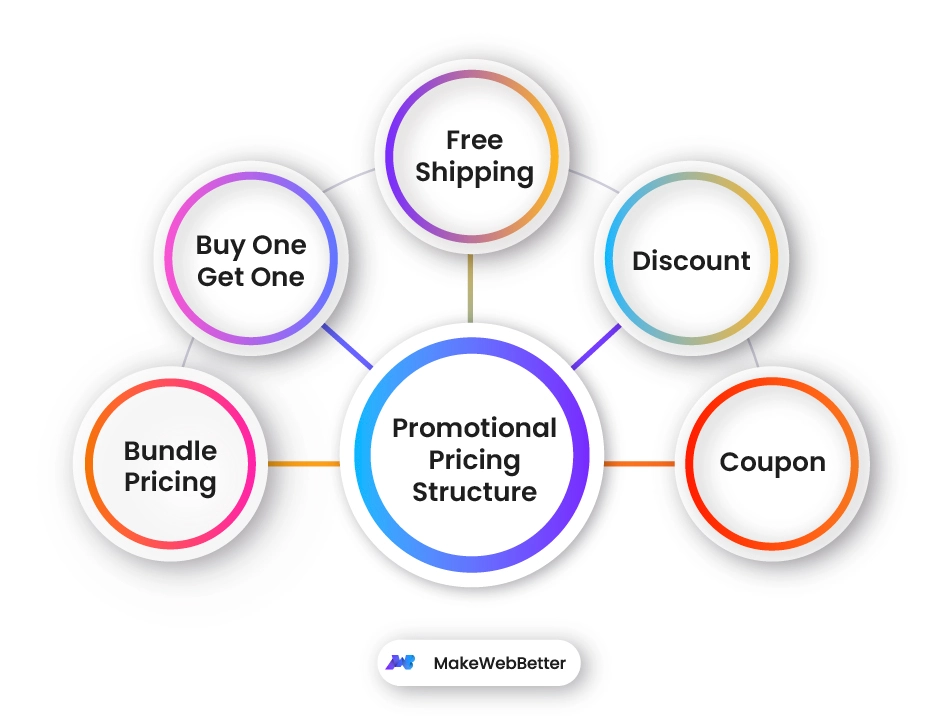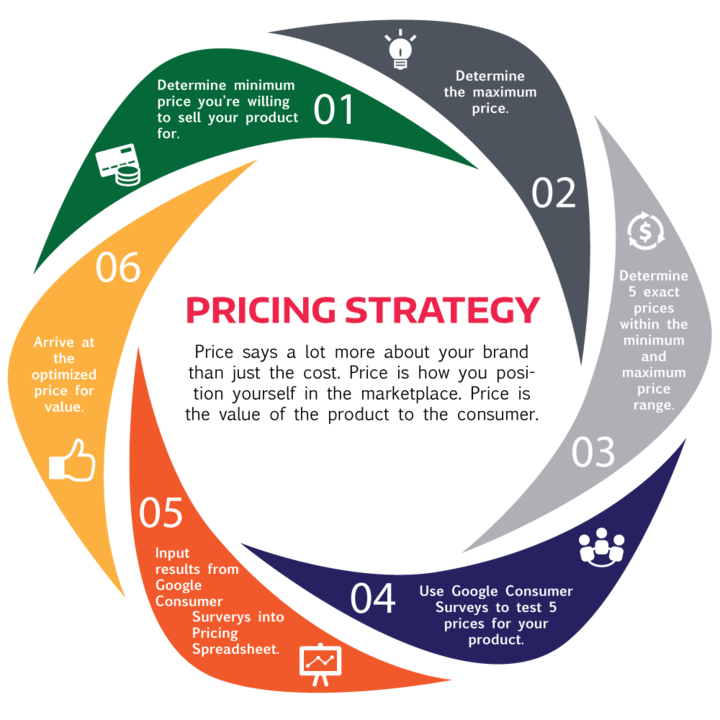Understanding Prices Approaches: An Overview to Boosting Competition
In a progressively affordable landscape, mastering rates strategies is necessary for organizations intending to enhance their market position. Numerous pricing versions, such as cost-plus and value-based methods, can dramatically influence exactly how a business connects its value recommendation. Furthermore, comprehending competitor pricing and the mental aspects that influence consumer actions can develop a nuanced approach to prices that reverberates with target audiences. The execution of these methods is not simple-- there are critical considerations that might figure out success or failing. What aspects should be prioritized to guarantee efficiency in this vibrant atmosphere?
Relevance of Pricing Approaches
In the competitive landscape of service, the relevance of prices strategies can not be overemphasized. Pricing functions as an essential bar for organizations, affecting both market positioning and consumer perception. A well-defined rates method can enhance productivity, drive sales, and develop an one-upmanship.

Understanding consumer habits is crucial in crafting rates techniques. Insights right into rate sensitivity, regarded value, and affordable offerings enable services to adapt their rates versions accordingly. Additionally, normal evaluation of pricing effectiveness is required to react to market dynamics and consumer fads.
Ultimately, a durable pricing strategy is essential not just for income generation yet additionally for lasting service viability. It forms brand name identification, influences client commitment, and plays an essential function in the total advertising and marketing strategy. Because of this, companies have to invest time and resources in creating and fine-tuning their rates approaches to flourish in an ever-evolving market.
Types of Rates Models
Exactly how work figure out one of the most effective way to value their items or solutions? The answer depends on understanding different prices models, each matched to different market conditions and organization goals.
One common version is cost-plus rates, where a set percentage is included in the overall expense of manufacturing. This technique guarantees that all prices are covered while creating a profit. Alternatively, value-based prices concentrates on the regarded worth of the product to the client, permitting organizations to charge a premium based upon consumer demand and contentment.
An additional technique is vibrant rates, commonly used in sectors such as travel and hospitality. This design changes rates in real-time based upon market demand, competitor rates, and other exterior aspects. Penetration rates is likewise significant, where organizations originally set reduced prices to go into an open market and gain market share, later on enhancing costs once a client base is established.
Finally, skimming rates involves setting high preliminary rates for cutting-edge or new items, taking advantage of very early adopters before decreasing costs over time. Recognizing these designs makes it possible for services to tactically position themselves in Recommended Site the market, straightening their prices strategies with their overarching goals.

Studying Competitor Prices
Recognizing competitor prices is a crucial aspect of developing an effective rates technique. Organizations needs to perform complete evaluations of their rivals' prices structures to identify market positioning, evaluate potential hazards, and uncover possibilities for distinction. This entails collecting information on rivals' prices, promotional approaches, and any type of rewards or discount rates they use.
Start by determining check out here vital rivals within your industry. Utilize numerous devices such as market study records, competitor websites, and prices contrast platforms to gather appropriate info. Analyze their prices versions, including any type of tiered rates systems, subscription costs, or mass discount rates. Understanding the reasoning behind these pricing strategies can offer insights right into customer habits and choices.
Think about the implications of competitor prices on your worth proposition. If competitors offer similar items at reduced costs, you might need to emphasize special marketing factors or improve customer service to justify your pricing.
Inevitably, assessing competitor pricing not only informs pricing choices but also helps companies stay competitive in a regularly progressing market landscape.
Emotional Prices Strategies
Emotional rates strategies leverage consumer psychology to affect buying decisions and enhance the perceived worth of items. These approaches are based in the understanding of just how customers refine valuing info and the emotional reactions that accompany it. One common method is charm pricing, where prices are set just listed below a rounded number, such as $9.99 instead of $10.00. This technique makes use of the propensity of consumers to view prices as reduced than they really are, encouraging impulse acquisitions.
An additional effective strategy is reputation pricing, where greater rates are linked with greater top quality. This technique allures to customers' desire for standing and exclusivity, positioning items as superior offerings. In addition, packing products with each other at a discounted rate can develop check here a feeling of worth, triggering customers to purchase even more than they initially meant.
Deficiency prices, which highlights restricted schedule or time-sensitive offers, can also set off urgency, pushing consumers to act swiftly. By understanding and applying these emotional prices methods, organizations can successfully form consumer perceptions, drive sales, and ultimately improve competitiveness out there.
Implementing and Readjusting Techniques

Once data is gathered, services need to assess their prices versions versus present market problems. This might involve adopting dynamic prices strategies that permit real-time changes based upon supply and demand fluctuations. Companies should likewise think about segmenting their market to customize prices for different customer teams, improving viewed worth and driving sales.
Routinely evaluating rates strategies is crucial. This can be attained via A/B testing or customer feedback, which offers insights right into the performance of existing rates. In addition, organizations ought to stay versatile to adapt to unanticipated modifications, such as financial downturns or emerging rivals.
Conclusion
In conclusion, reliable rates approaches function as a crucial component for businesses intending to boost competitiveness in a fluctuating market. By leveraging numerous rates designs, assessing competitor pricing, and using emotional methods, companies can better place themselves and connect worth to consumers. Additionally, on a regular basis changing these techniques in action to market dynamics and consumer actions is vital for making sure long-term sustainability and earnings, ultimately driving sales and cultivating customer commitment.
In a progressively competitive landscape, understanding prices approaches is vital for companies intending to boost their market placement. Comprehending rival pricing and the mental elements that affect customer actions can create a nuanced technique to pricing that reverberates with target audiences.Comprehending rival prices is an important facet of creating a reliable pricing technique. Examine their rates models, consisting of any type of tiered rates systems, registration fees, or bulk discount rates. By leveraging different pricing models, examining rival prices, and using mental strategies, firms can better position themselves and communicate value to consumers.
Comments on “Why Adaptability is Vital in Developing Your Pricing Strategy”